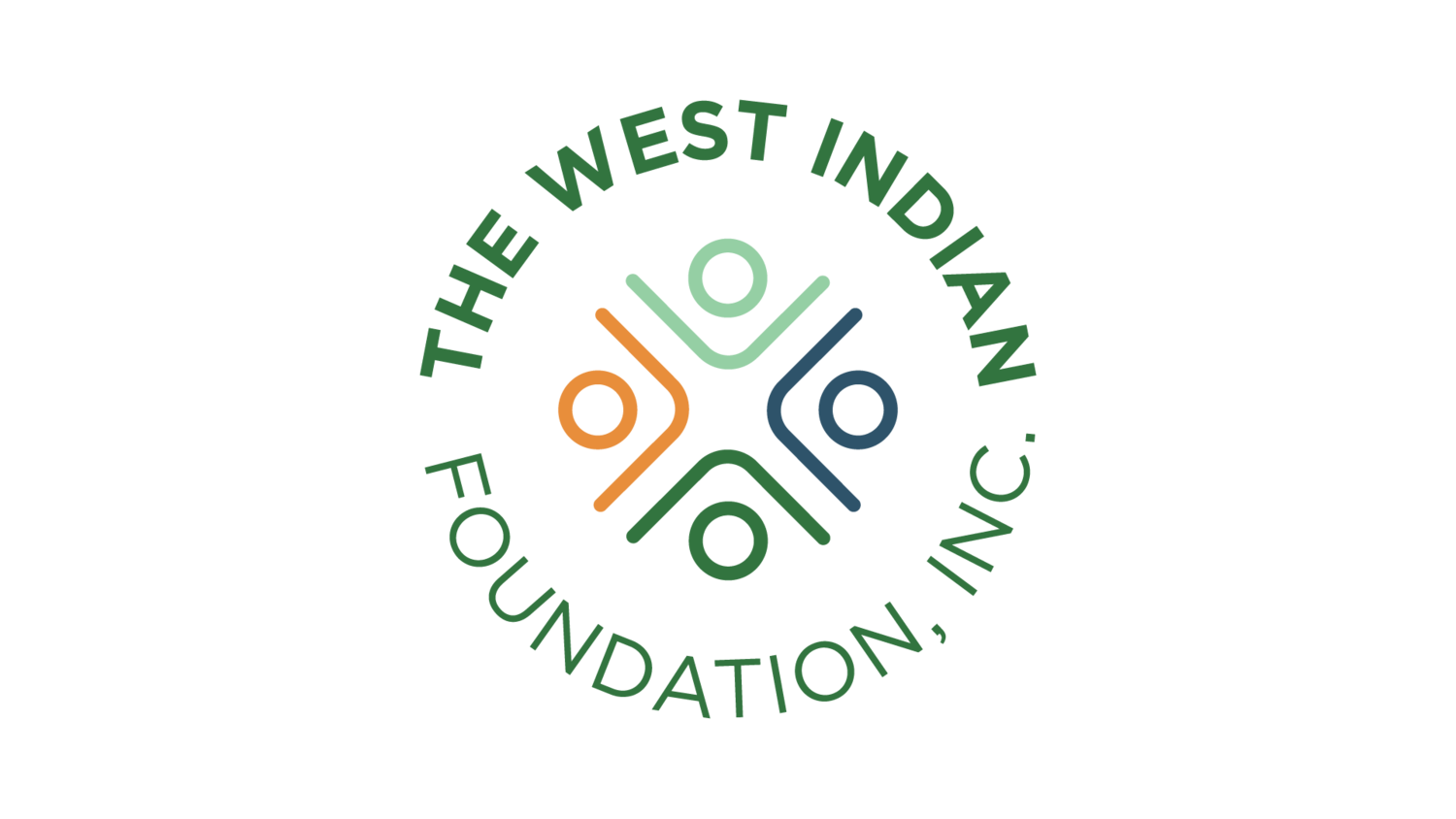The West Indian Community: An Overview
Connecticut began attracting West Indians in the 1940s when World War II ushered in employment opportunities in the United States. The local tobacco industry benefited from access to new sources of Caribbean migrant labor distributed through industrial and agricultural concessions made for war-time. Before then, only New York and Florida could boast a significant Caribbean diaspora. Some of these guest workers in Connecticut married African-American women, and like their Florida and New York counterparts, formed a nascent West Indian community. The liberalization of immigration policies in the 1960s ushered in further waves of immigrants including women and children. By 2010, West Indians had surpassed all other ethnic groups to become the largest population of foreign-born immigrants in Connecticut, cementing a demographic trend that has unfolded consistently throughout many other immigrant communities in Connecticut and the United States.
The portability of West Indian culinary, musical, and artistic traditions is evident in the diasporic communities they have established throughout the United States. West Indians also brought with them a rich legacy of mutual aid, athletic, benevolent, social, and political organizations that have taken root in their diasporas. A strong tradition of associational life, as well as racial hostility, encouraged the creation of autonomous cultural spaces in social, religious, and athletic organizations. Housing patterns in Hartford, in particular, fostered the creation of a dense network of Caribbean organizations beginning with the West Indian Social Club in 1950, followed by the Caribbean American Society, the Barbados American Society, the Trinidad & Tobago American Society, the Sportsmen Athletic Club, the Jamaica Progressive League, the St Lucia American Society, the Cricket Hall of Fame, the Guyanese American Cultural Association, the West Indian Independence Celebration, and the Caribbean Ladies Cultural Club among others.
The West Indian Foundation was established by the West Indian Social Club in 1978 as part of this rich associational life and cultural engagement


